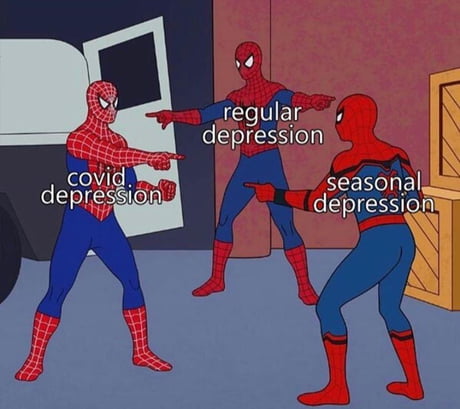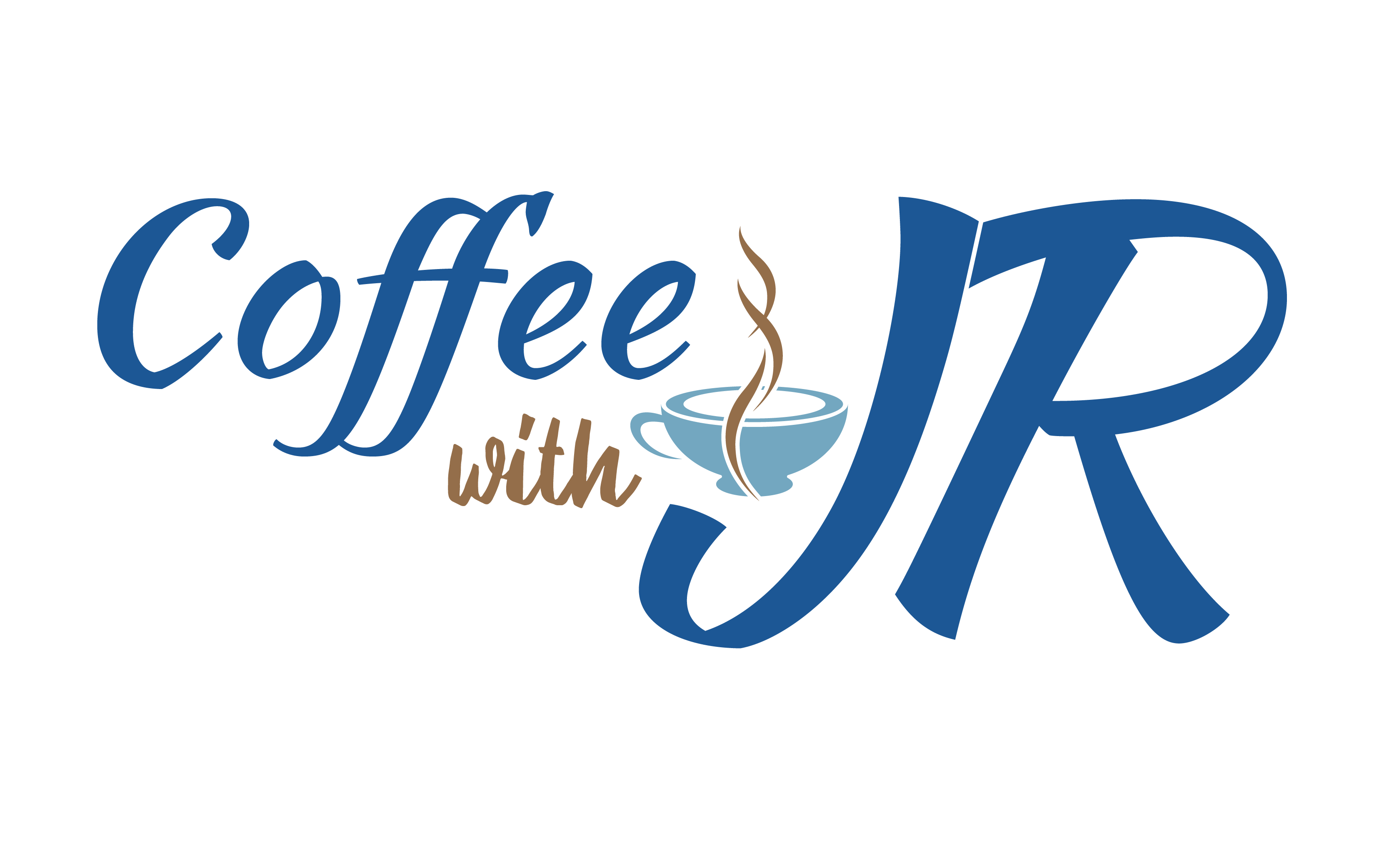
In celebration of 2020’s Mental Illness Awareness Week (Oct 4 – Oct 10), I am dedicating this month’s newsletter and blog to bringing awareness about depression, one of the most common mental health challenges. Specifically, I want to talk about the intersection between regular depression, COVID-19 depression, and depression from seasonal affective disorder (SAD). As a person that has struggled with depression most of my life, I hope this blog can motivate you to talk about your mental health openly without shame and continue to heal yourself.
There are different forms and levels of depression. Depression is defined as a person experiencing a depressed mood over a period of at least two weeks. The depressed mood affects a person’s ability to work, to enjoy life, and engage in daily activity.[i] In 2017, an estimated 17.3 million adults in the US, about 7.1%, had at least one major depressive episode.[ii] For decades, I have struggled with major and chronic depression and I refer to these types of depression as my regular depression.
Seasonal affective disorder (SAD) is a type of depression that’s related to changes in the seasons. It normally begins and ends at about the same time every year. Symptoms of SAD start in the fall and continue into the winter months, sapping your energy and making you feel moody.[iii] About 10 million Americans are affected by SAD and another 10 to 20 % may have a mild seasonal affective disorder.[iv] Personally, on top of my regular depression, I’ve suffered greatly from SAD for over twenty years of my life.
We are eight months into COVID-19. We are getting more data on how COVID-19 is affecting Americans’ mental health. The latest data and studies that I’ve read show that “the prevalence of depression symptoms in the US increased more than 3-fold during the COVID-19 pandemic, from 8.5% before COVID-19 to 27.8% during COVID-19.[v]” Over a quarter of Americans are experiencing some form and level of depression, and I am one of them.
As a person that has struggled with regular depression most of my life on a daily basis, COVID-19 depression is like an additional burden that I have been dealing with since March. Now, the season is changing and the weather is getting colder; I have to admit, I am freaking out a bit inside.
For the last couple of years, I have been able to keep my SAD at bay by embodying certain tools and continuously improving my lifestyle. For example, I was able to use traveling-for-work as a way to prevent my SAD from spiraling into a full-blown depression. Pre-COVID time, I was traveling an average of at least two times per month during the fall and winter. These trips had helped shake up my routine and avoid stagnation in my brain and body, thus I was able to change the state of my mind from negative thoughts to a more positive mindset easier. With COVID, this option has become very limited and I definitely feel stuck and trapped.
So, combining these three forms of depression, I feel like I am fighting three wars simultaneously. My brain is bombarded with fear, anxiety, and uncertainty. My body is overwhelmed with fatigue, low energy, and lack of motivation.
With all the training and experiences I have about mental health, I am able to constantly ask myself, “What else can I do?” The sad truth is that most of the time my brain draws a blank. And, I start freaking out more.
After a while, I realize that the pressure of wanting to have an immediate solution to my COVID depression and SAD is worsening my anxiety and regular depression. So, I start telling myself that it’s ok that I don’t know yet. This is because, like millions of people, this experience is still relatively new and fresh. Most likely my subconscious mind, body, and emotions are still trying to figure out what to do. Thus, I need to allow and give MYSELF some more time to digest this uncertain and difficult time first.
This process is different from inaction. In fact, this process is so important because it’s allowing me to hear and feel what my body and mind really need instead of shoving down all the expectations and old routines that no longer work anymore into my brain.
While being patient with myself and allowing my body and mind to continue to dissolve and absorb the reality around me, like the stormy sea, the water is slowly calming down and the clouds are clearing out. I start seeing a way out.
The reason that traveling is a good method for battling my SAD and regular depression is that adventure in different geographical locations literally forces me to get out of my comfort zone, shake up and question my old paradigms, and ignite powerful positive energy into my brain and my body. And it hits me that creativity sparks similar responses in my brain and body, too, especially the creative work and the ambition that I can normalize mental health, prevent suicide, and advocate for racial equality and equity.
The solution is right under my nose this whole time. Currently, most of my diversity/inclusion and mental health trainings that I am providing to my clients are custom designed. On top of that, I have been converting my in-person materials to a virtual setting. All of these works require creativity. I have to redesign my PowerPoints, find new pictures to convey my talking points, design new graphics, and come up with innovative, fun, and engaging activities. The “old me” sees these tasks as tedious and repetitive. The “new me” is seeing all of these works as innovative and part of my mental health healing.
What about when I am done with all of these speeches after November? What am I going to do during the holiday season? How can I continue to stay positive and take care of my mental health and regular depression during the COVID time?
Hope and support systems are two of the most powerful tools to overcome depression. So, in order for me to continue my creative works, I need my friend’s support and collaboration. In the months of June and July, my good friend Q and I produced ten episodes of our podcast-ish called “Your Morning Cup of Q&J” as a way to share our stories and vent. We both really enjoyed doing it and “Your Morning Cup of Q&J” has received more views than we expected. Thus, Q and I are going to resume making our podcast-ish in November to continue exploring our creativity and share our stories.
Another fun project that Q and I are planning to do is expanding “Coffee Talking Out of Mental Coffins,” a short film about my mental health and immigration journey. “Coffee Talking Out of Mental Coffins” finally premiered last week at the virtual 2020 Los Angeles Asian Pacific Film Festival. So far, “Coffee Talking Out of Mental Coffins” has received great reviews and feedback from the Film Festival. Thus, once the winter season comes and our schedules slow down, Q and I are going to build upon the short version into a more interesting film. More details to come soon J Also, due to the contractual obligations, I can’t show the whole “Coffee Talking Out of Mental Coffins” film until after Oct 31, 2020. So, stay tuned for the November newsletter J
This is a difficult time and all hope is not lost. Please be patient with yourself and remember to love and care for yourself as much you care for others.
(Image: artist unknown)
[i] https://www.nimh.nih.gov/health/statistics/major-depression.shtml
[ii] https://www.nimh.nih.gov/health/statistics/major-depression.shtml
[iii] https://www.mayoclinic.org/diseases-conditions/seasonal-affective-disorder/symptoms-causes/syc-20364651
[iv] https://www.psychologytoday.com/us/conditions/seasonal-affective-disorder
[v] https://jamanetwork.com/journals/jamanetworkopen/fullarticle/2770146

Recent Comments